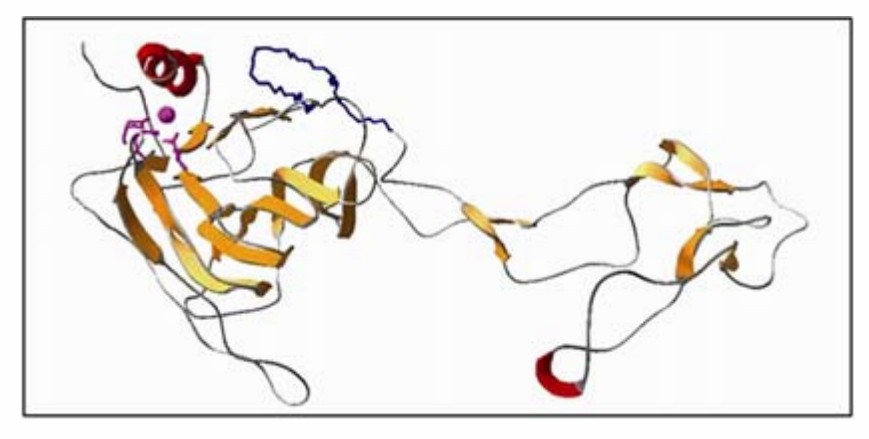Functional Analysis of Calreticulin in Plant Nematodes
Calreticulin (CRT) is a Ca2+-binding multifunctional protein highly conserved in animals and plants. In Caenorhabditis elegans, CRT is required for stress response and fertility. In plant nematodes, esophageal secretions, also called stylet secretions, are produced by oesophageal subventral and dorsal glands cells and are secreted through the stylet during parasitism. These stylet secretions are thought to play a key role in the overall parasitic process. In addition, calreticulin plays an important role in nematode parasitism, development, and reproduction and can reduce plant immunity.
Lifeasible is committed to analyzing the function of calreticulin in plant nematodes for scientific purposes. Our experienced scientists and technicians can provide comprehensive customized services for our clients worldwide. With novel strategies and proprietary features of our platform, we can adjust to meet the needs of each client.
Promoting Parasitism of Plant Nematode
- Silencing calreticulin related genes significantly reduced nematode infection, suggesting that plant nematode require calreticulin to promote their parasitism and reproduction under unsuitable environmental pressure.
 Fig.1 Predicted three-dimensional structure of Mi-CRT and location of the Mi-CRT-specific peptide. (Jaubert S, et al., 2005)
Fig.1 Predicted three-dimensional structure of Mi-CRT and location of the Mi-CRT-specific peptide. (Jaubert S, et al., 2005)
- Lifeasible provides monitoring of reproduction and feeding capacity in plant nematodes after HIGS-mediated Mi-CRT, Rs-crt, Bxcrt silencing, or transient gene silencing techniques to help our customers analyze the role of calreticulin on nematodes parasitism.
- We provide the service of overexpression of the calreticulin gene in plants through transgenic methods to observe the resistance to nematodes, thus demonstrating the role of calreticulin in parasitism.
Inhibiting Plant Immune Response
- Plants use two layers of the innate immune system to resist the invasion of pathogens. The first layer is immunity triggered by pathogen-related molecular patterns. The second layer is the second line of defense that plants have evolved, the immunity triggered by effectors.
- We provide an analysis of the immune effects of calreticulin on plants, including the silencing or overexpression of calreticulin genes in plants, to observe the effects on transcription levels of defense-related genes PAD4, WRKY33, FRK1, WRKY29, and others.
Interfering Calcium Signal Transduction
- Calreticulin belongs to the endoplasmic reticulum retention protein family, which is an important site for Ca2+ storage. Calcium reticulin has two main functions in the endoplasmic reticulum, including chaperone and regulation of Ca2+ homeostasis.
- We help our clients investigate calreticulin’s role in intracellular Ca2+ homeostasis and signaling and use jellyfish luminescent proteins for Ca2+ concentration calibration.
Lifeasible is dedicated to bringing decades of valuable experience to help our clients. Our customers will work with our professional teams who can totally understand and have conquered various challenges. If you are interested in our services or have any questions, please feel free to contact us or make an online inquiry.
Reference
- Jaubert S, et al. (2005). "In planta secretion of a calreticulin by migratory and sedentary stages of root-knot nematode." Mol Plant Microbe Interact.18 (12), 1277-84.
For research or industrial raw materials, not for personal medical use!
 Fig.1 Predicted three-dimensional structure of Mi-CRT and location of the Mi-CRT-specific peptide. (Jaubert S, et al., 2005)
Fig.1 Predicted three-dimensional structure of Mi-CRT and location of the Mi-CRT-specific peptide. (Jaubert S, et al., 2005)